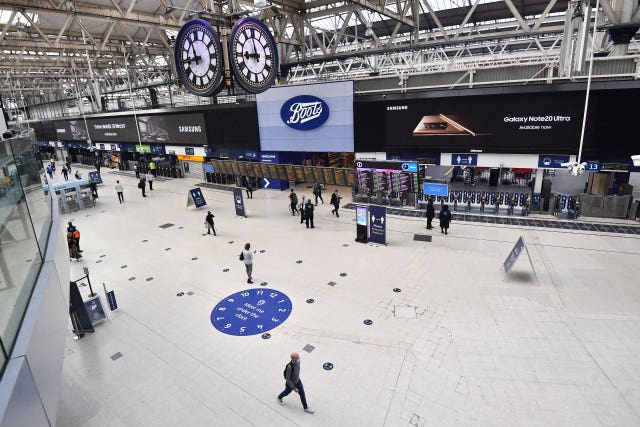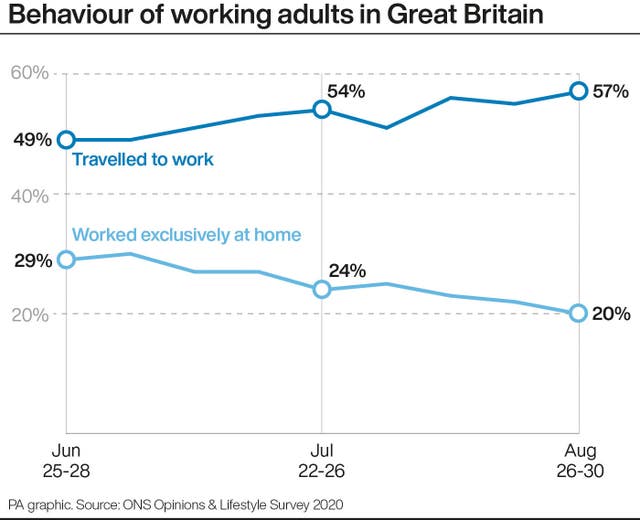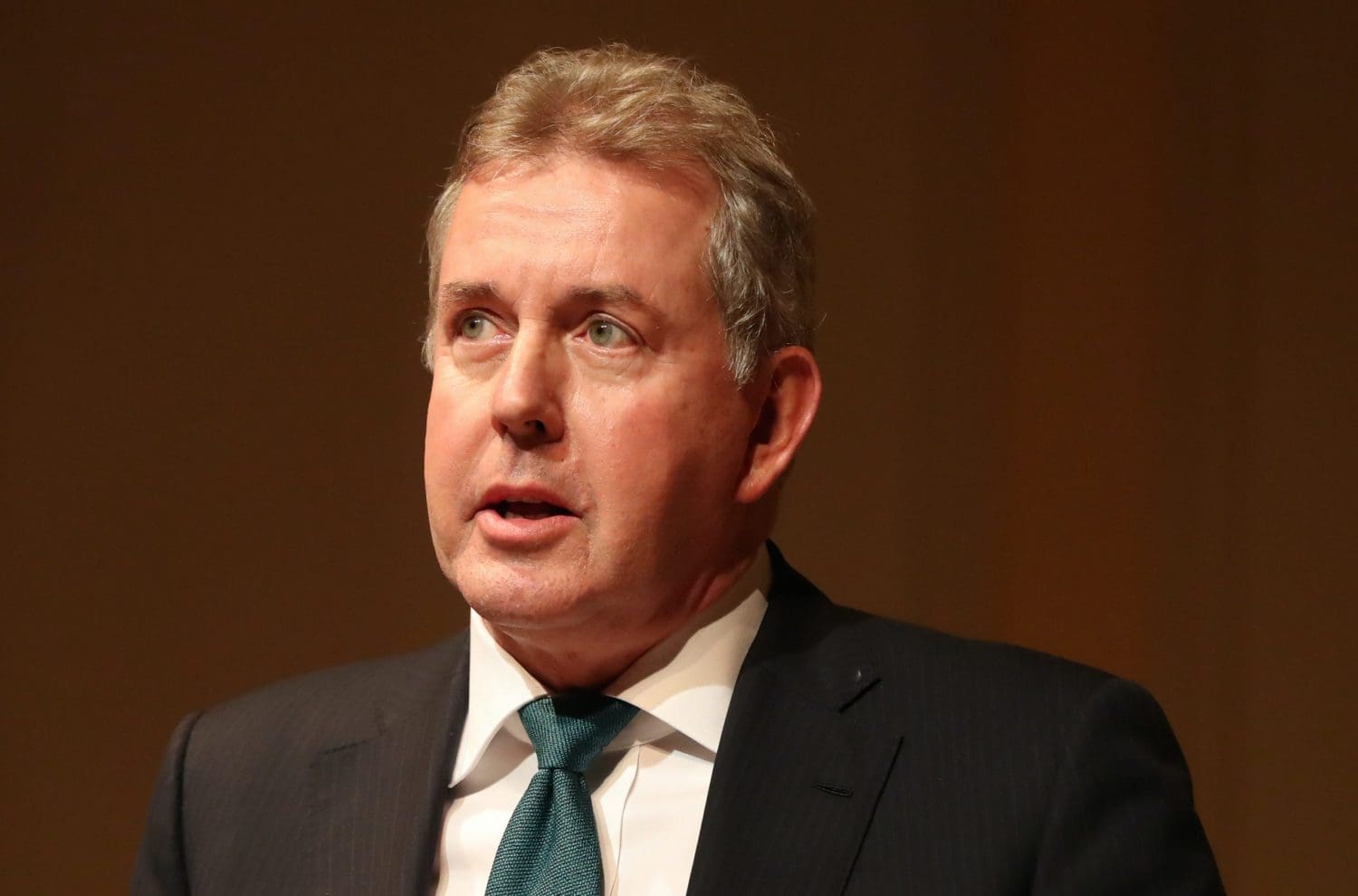Prompts for Civil Service bosses to get the vast majority of staff back into the office have been labelled “virtue signalling” by a union chief.
Back-to-work
Outgoing cabinet secretary Mark Sedwill, in a letter seen by the PA news agency, has written to the permanent secretaries of government departments calling on them to bring as much as 80% of public sector staff back into the workplace.
Sedwill, in the note dated 3 September, said the prime minister had asked to be personally involved in the back-to-work drive. And that he wanted to see departmental figures on a “weekly basis” following cabinet agreement that increasing office numbers would be “hugely beneficial for our workforce”.
Downing Street this week denied the existence of a “back-to-work” campaign. But Sedwill’s letter is yet further evidence that ministers fear huge job losses in town and city centre shops and cafes if workers don’t return to their pre-lockdown commuter patterns soon.

New normals
Boris Johnson is keen for the public sector to lead from the front on the return to work. He has even reportedly told Tory MPs he wants the Commons “back to normal” by Christmas. Sedwill said departments which were below their coronavirus staffing constraints should move quickly now “to bring more staff back into the office in a Covid-secure way”.
He wrote:
We are now strongly encouraging an increased workplace attendance through staff rota systems, with our aim by the end of September to enable 80% of staff to attend their usual workplace each week, for example 20% for five days, 30% for three days and 30% for two days, with the balance attending only occasionally for now.
But Dave Penman, general secretary of the FDA, a union representing civil servants, said such targets would be difficult to achieve. He said office use in Whitehall was already “oversubscribed” even before coronavirus (Covid-19) restrictions were introduced.
Let’s not pretend this is about effectiveness and efficiency. As I told @LBC, this is about virtue signalling to a private sector which has already moved on.
— Dave Penman (@FDAGenSec) September 5, 2020
Fundamental problems
Workplace guidance includes introducing one-way systems, staggered shift times, and limiting the number of colleagues that staff members are exposed to in order to prevent the spread of the virus. Speaking to BBC Radio 4’s Today programme, Penman said:
There are two fundamental problems with this approach from the Government.One is its practicality – Government offices have a capacity of a maximum of around 50% because of the Covid restrictions. In a lift, for example, you can have a maximum of two in offices of thousands of people.
Penman argued that the Civil Service had worked “effectively” since the pandemic started. It’s dealt with the increased demand for Universal Credit and starting the furlough programme from the ground up, all with staff being 95% home-based. He added:
It is quite clear from the letter that has been sent out, this is really about virtue signalling to the private sector that has already moved on. You’re not telling me that the big financial houses in the City of London would be having their staff working remotely if it wasn’t working effectively for them.
Commuters
Figures published on Friday 4 September suggest employees are beginning to curtail their work from home habits. According to the latest data from the Office for National Statistics (ONS), there’s been an increase in people travelling to work in the last two months, with fewer working exclusively from home.

The ONS said 57% of working adults reported that they had travelled to work – either exclusively or in combination with working from home – in the past seven days. While 20% had worked solely from home. The findings show an increase from the results of an ONS survey in the last week of June. According to that survey, 49% of working adults said they had travelled in to work, and 29% said they’d worked exclusively at home.
The latest statistics are based on survey responses from 1,644 adults in Britain between 26 and 30 August.
Transport for London has also recorded more passengers using both the Tube and buses throughout the week. It said 630,000 passengers used the London Underground network on 4 September from the start of service until 10am. This is 21.1% higher than during the same period last week, although still 69.2% lower than the same period last year.
Bus journeys in the capital were also up 29.6% on last week.
















